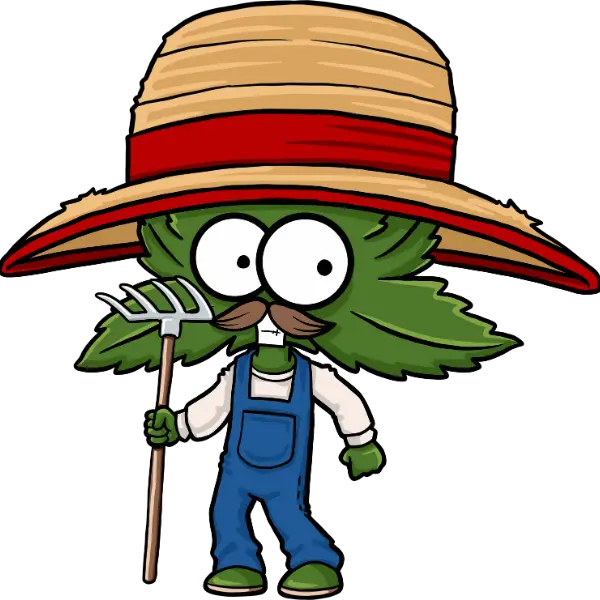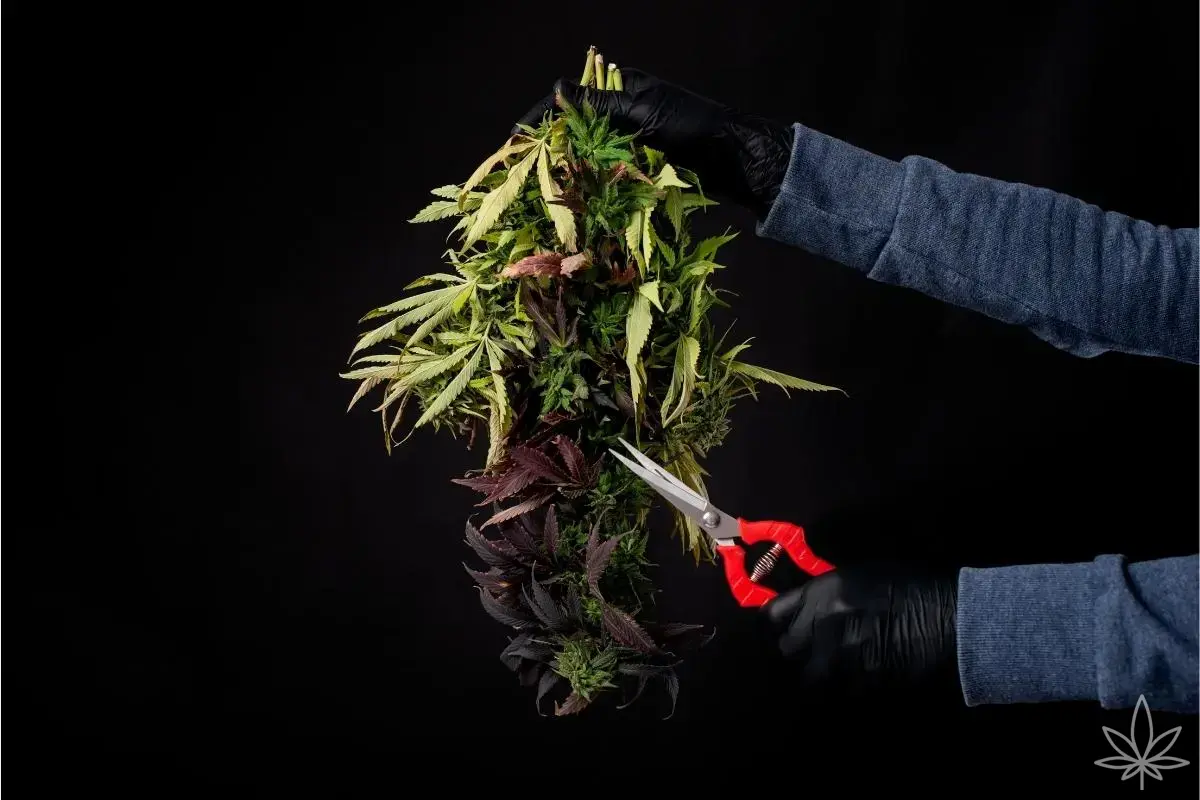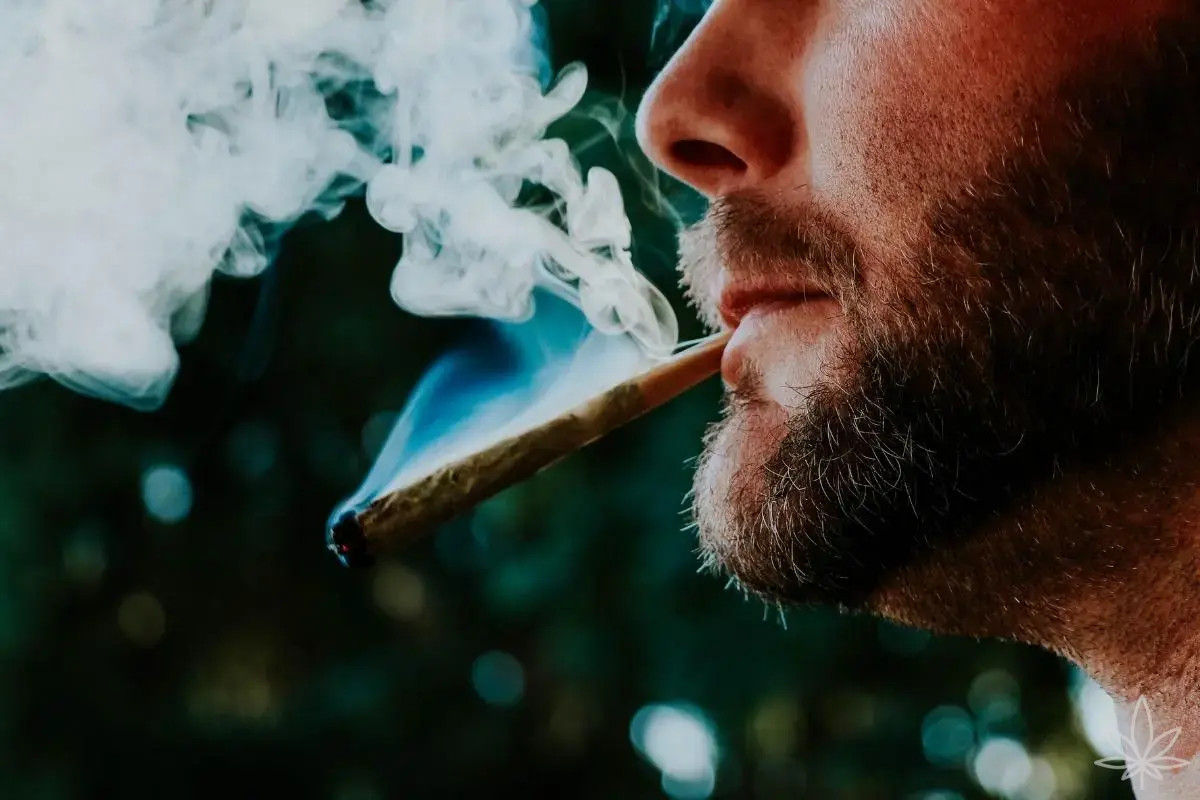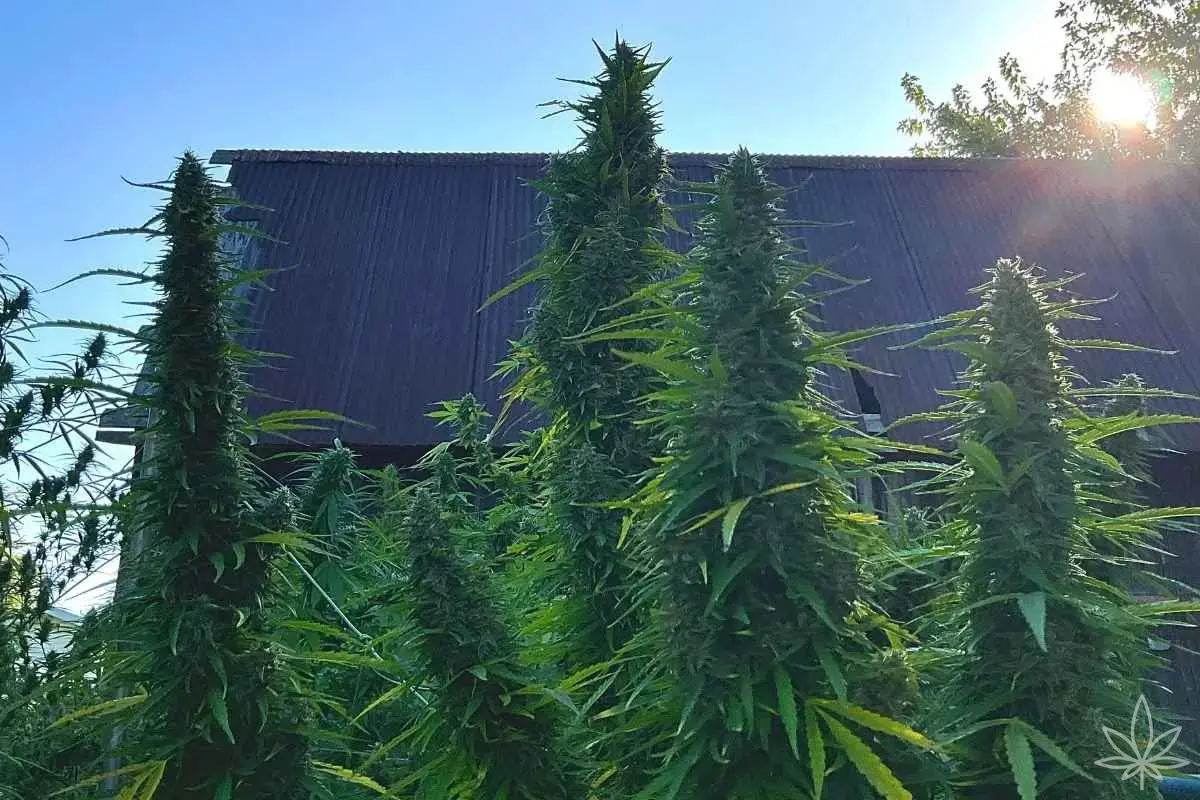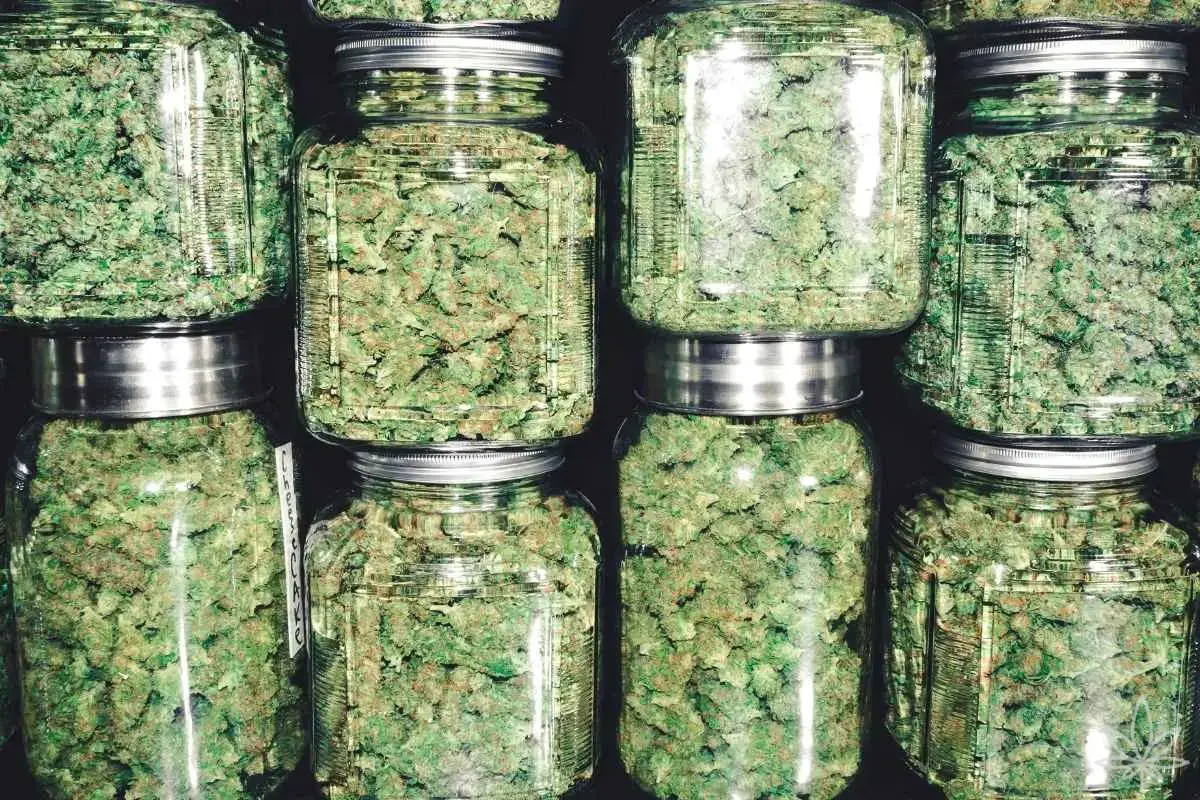Anyone who has joined the debate about bud washing knows there are two camps. Some swear that bud washing saves the harvest and improves quality, while others say: “Why soak what I’m going to smoke?” As usual, the truth is somewhere in between — because it all depends on where and how you grow.
This text isn’t a theoretical argument. It’s the perspective of a grower who knows that outdoor comes with bugs, pollen, and dust, and indoor isn’t always a sterile lab. So let’s ask: should you wash your buds, or just leave them be?
Why wash buds at all?
Cannabis flowers are sticky like magnets — they attract dust, insect remains, pollen, and anything floating in the air. If you grow outdoors, you know that sometimes buds look like a vacuum cleaner filter at the end of the season.
Bud washing means dipping freshly harvested buds in water (sometimes with added baking soda, lemon juice, or hydrogen peroxide) to get rid of that gunk.
Growers most often wash buds when:
- they were grown outdoor in dusty or polluted conditions,
- there are signs of pests (like thrip carcasses),
- lots of pollen has fallen on them from nearby plants,
- they want to improve the visual cleanliness of their stash.
When washing makes sense
- Outdoor in the city: exhaust fumes, dust, smog — all of it sticks to resin. Bud washing can save the quality.
- Pollen season: if nearby trees or grasses are dropping pollen, buds may have a yellow film.
- Pests: dead insect parts and droppings aren’t something you want in a joint.
- Surface mold: sometimes early contamination can be rinsed off before it spreads.
Risks and downsides
Of course, washing also has its dark side:
- Moisture = mold. If your drying area isn’t perfectly ventilated, extra water in buds can spell disaster.
- Loss of terpenes. Aromatic compounds are volatile; some are lost in the wash.
- Time and logistics. You need buckets, solutions, and thorough drying afterward. Not always practical with large harvests.
How bud washing works step by step
The most common method uses three buckets:
- First — lukewarm water + a little lemon juice and baking soda (to break down dirt and residue).
- Second — clean lukewarm water to rinse.
- Third — cool water for a final rinse.
Buds are dipped gently, swished, removed, and hung to dry with strong air circulation.
Alternatives to washing
You don’t always need to dunk whole buds in water. If material is dirty from dust, pollen, or light pest damage, you can still salvage it — by processing into hash or concentrates instead of smoking it as-is.
1. Bubble hash (ice-o-lator)
This method extracts resin glands in ice-cold water. Buds or trim are stirred in a bucket of icy water. The trichomes (resin glands) snap off and float around in the water. The liquid is then filtered through special bags (bubble bags) with different mesh sizes. Result: clean hash, while dust and insects stay behind in the water or filters.
2. Dry sift
No water used here. Dried buds are rubbed or shaken over fine screens (150–200 microns). Trichomes fall through as golden powder (kief), while dirt and plant matter stay behind. A simple way to turn less-than-perfect or pollen-covered material into something smokable.
3. Solvent extractions (BHO, ethanol)
More advanced methods use solvents (like butane or ethanol) to dissolve resin from buds. After evaporation of the solvent, a concentrate remains. This strips away most dirt and solid contaminants. At home, the safer and simpler version is QWET (Quick Wash Ethanol) — a quick rinse in food-grade alcohol.
Why are these alternatives to washing?
Because each method separates resin from the rest of the plant. That means even if your buds are dirty or unappealing, you still end up with clean resin containing THC and terpenes, while all the junk gets left behind. This way you don’t risk mold from soaking whole buds, but you still save the potency of your crop.
Washing buds is a tool, not a religion. For outdoor, especially in dusty environments, it can work wonders. Indoors, with a clean growroom and good filtration, it’s usually not worth the risk.
The key question: is what’s stuck to your buds more of a problem than the potential loss of terpenes and risk of mold?
Sometimes the answer is: wash. Sometimes: skip it and make hash. A grower who knows their conditions and priorities will always make the right call.
